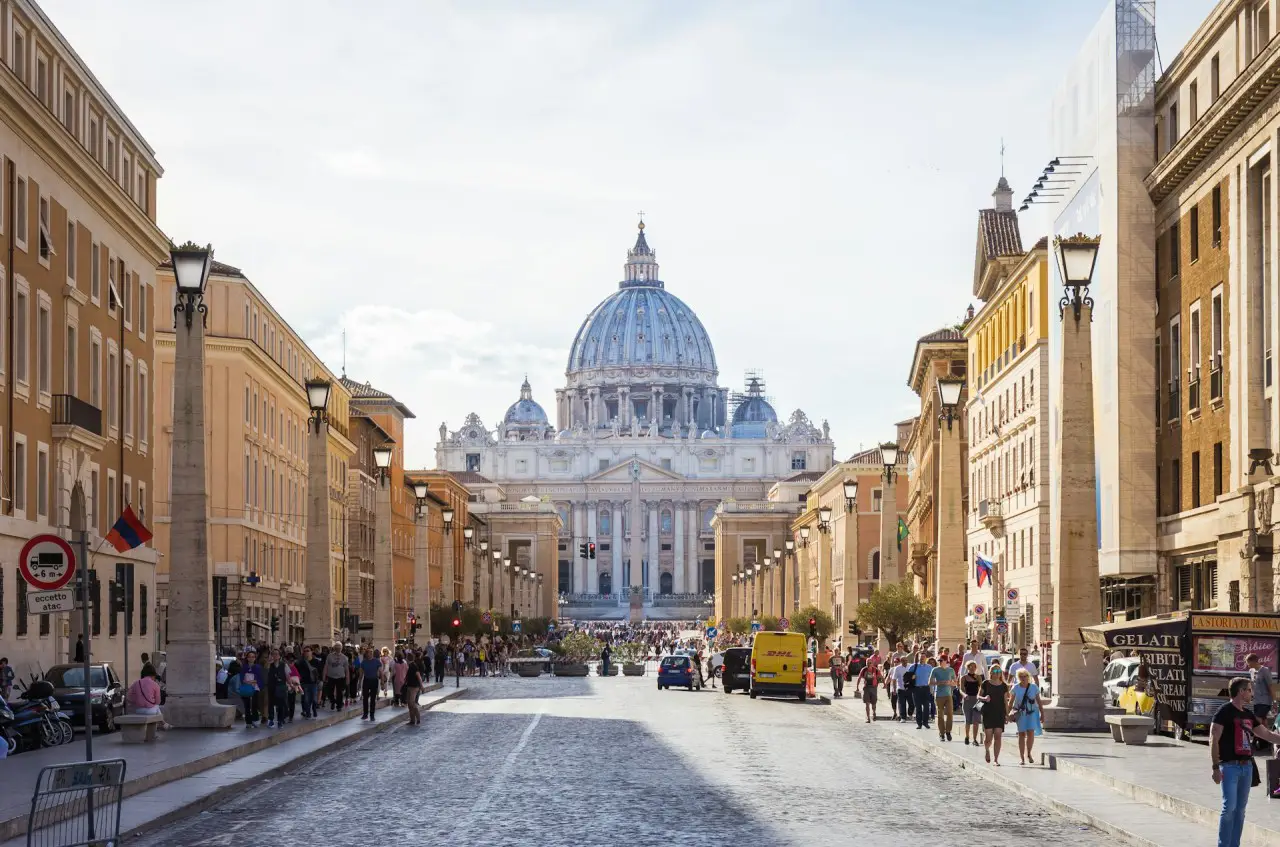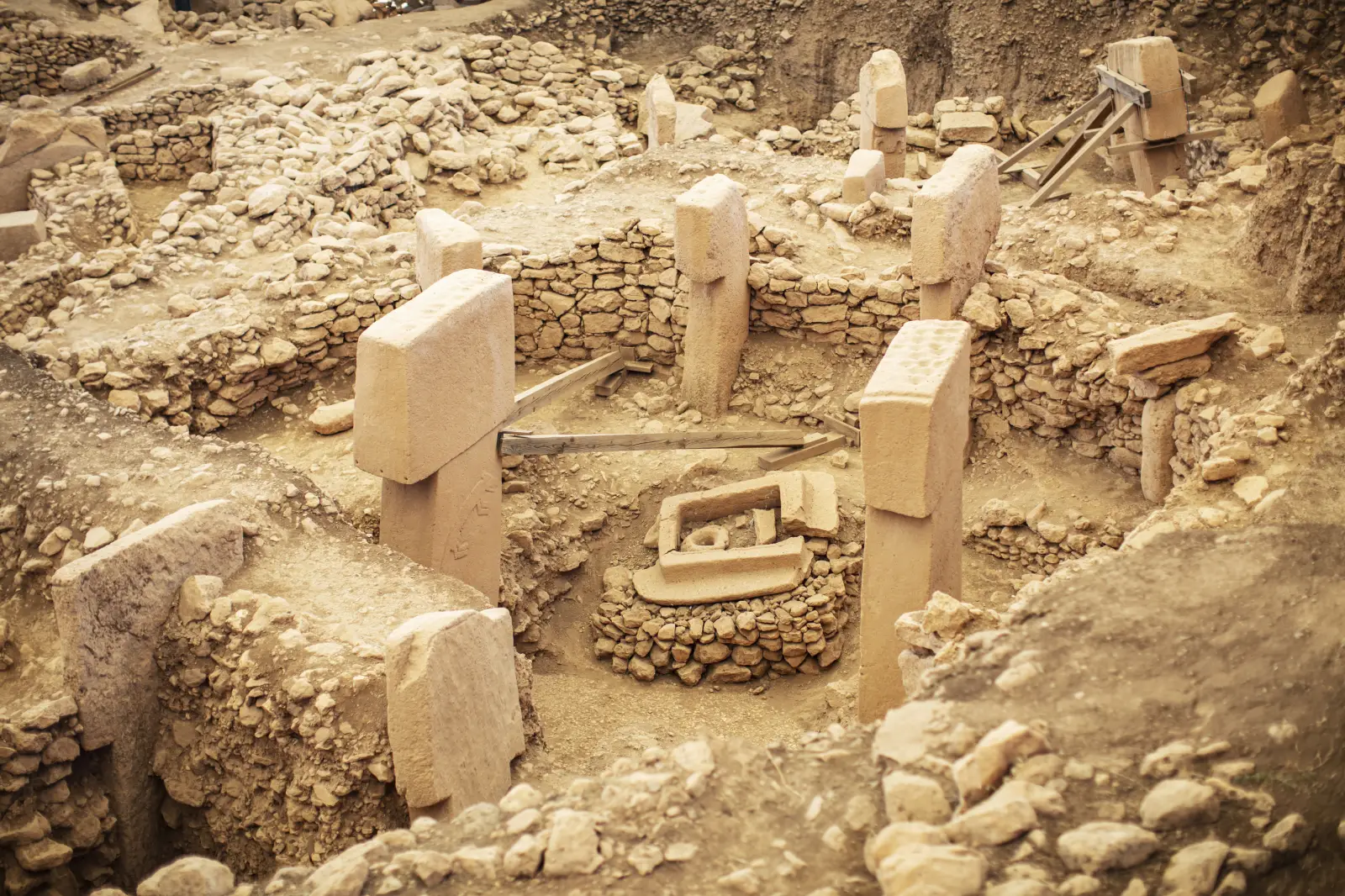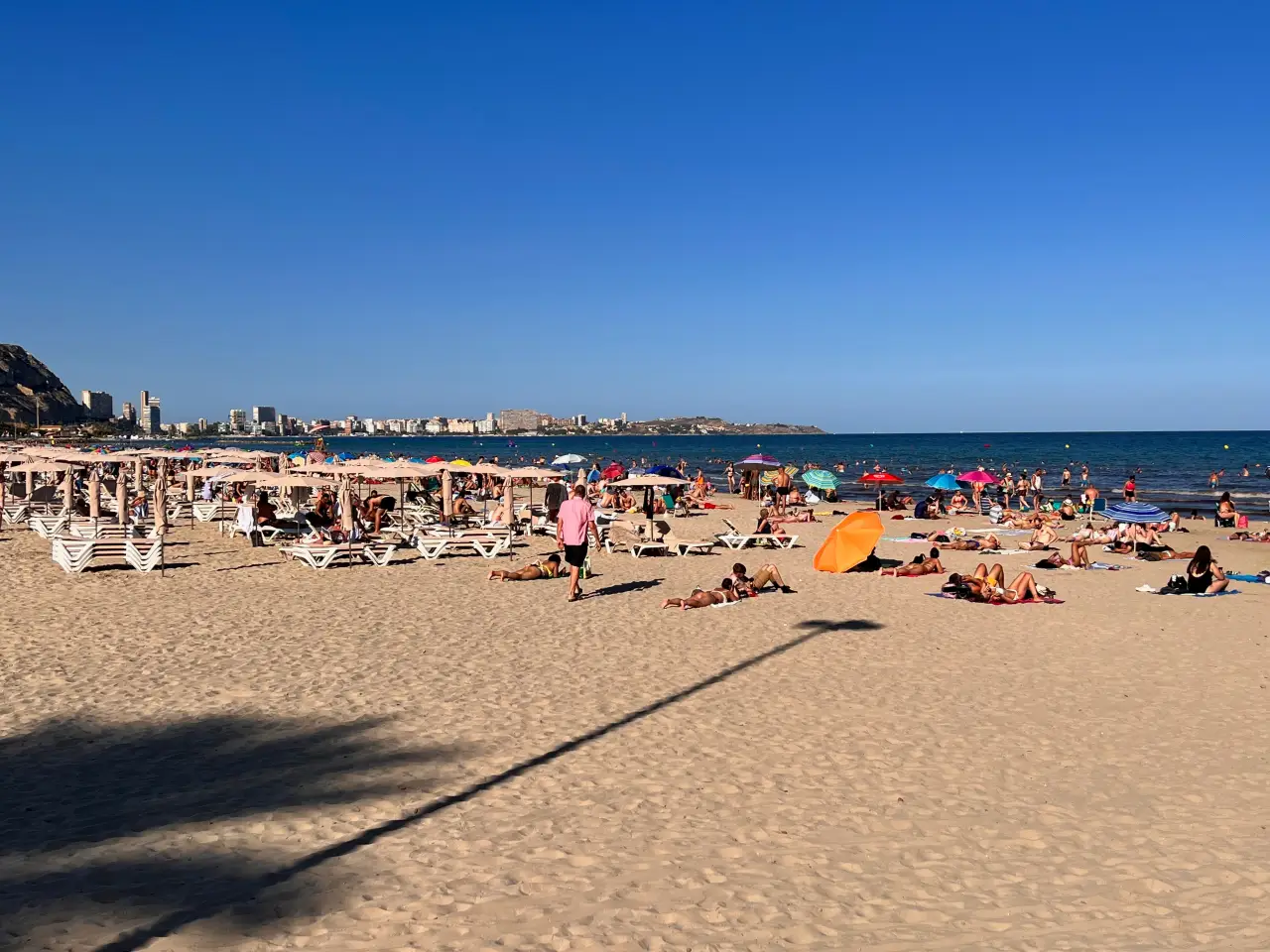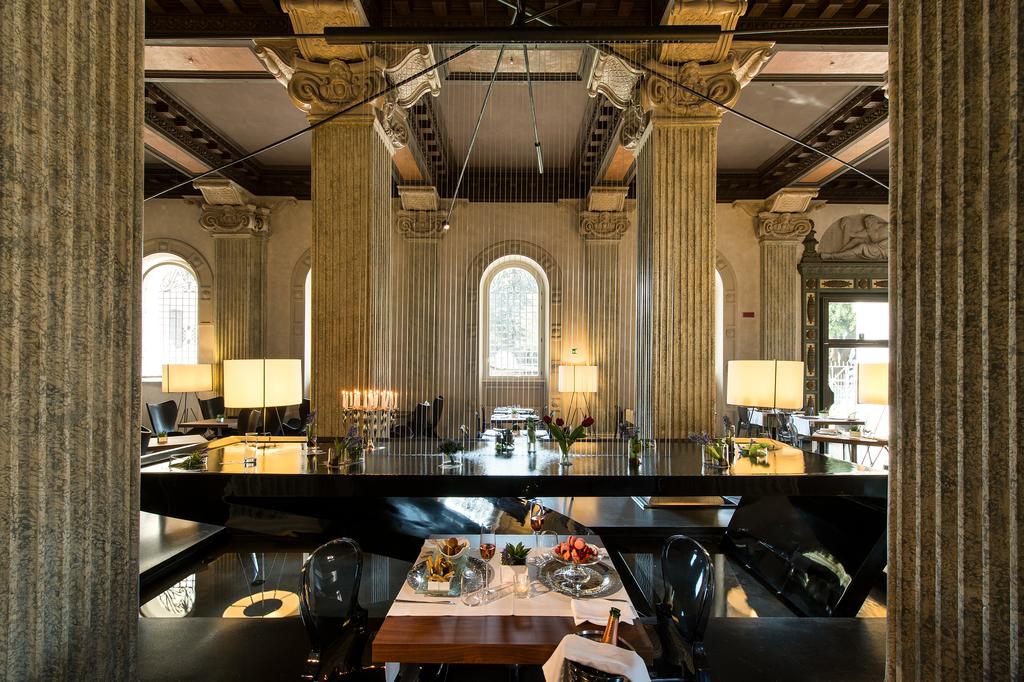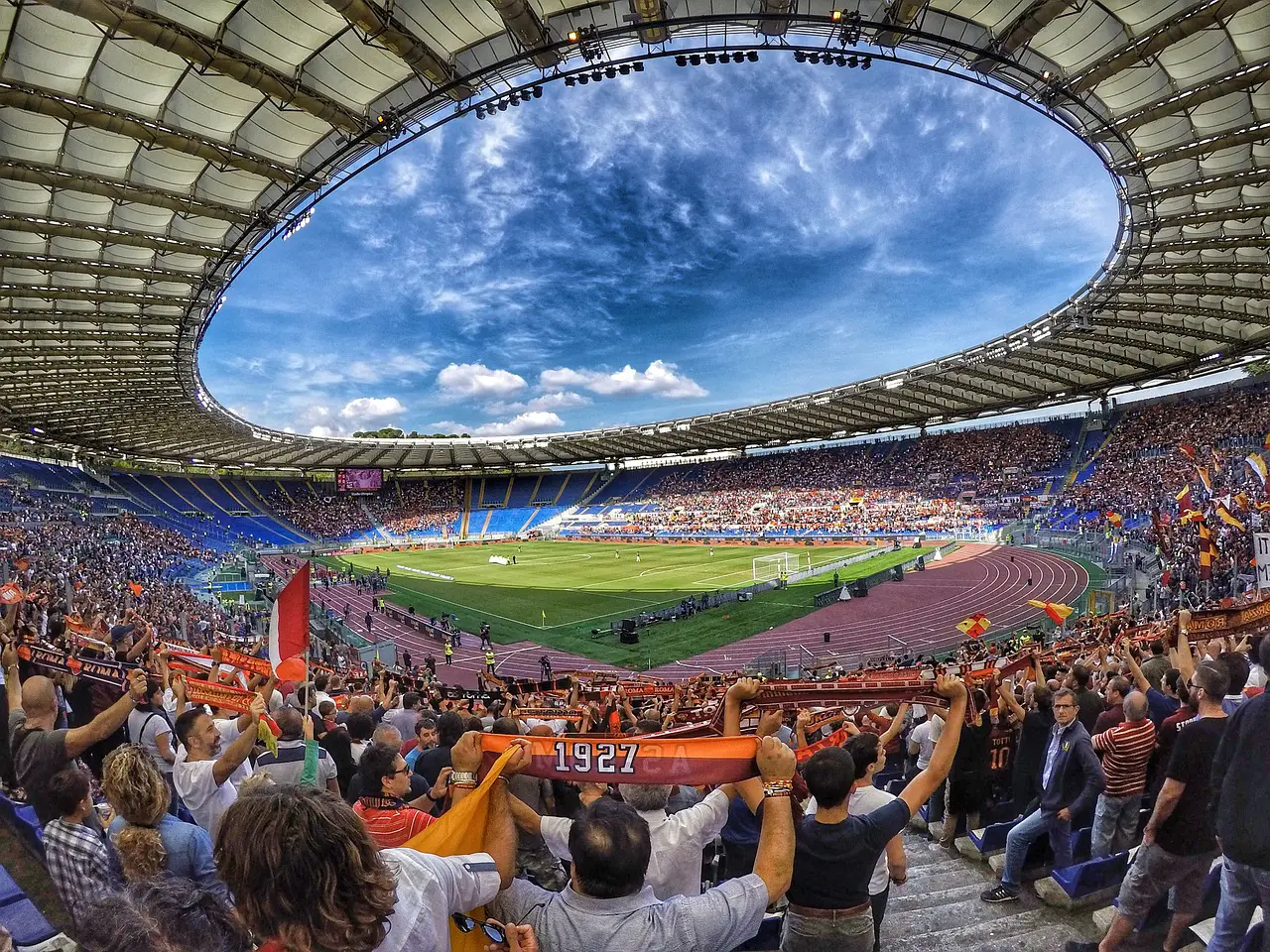The sight of the Colosseum locked to the public during peak tourist season sparked frustration and disbelief in Rome this weekend, after U.S. Vice President J.D. Vance‘s family visited the historic site during a private tour.
As crowds gathered outside the ancient amphitheater on Saturday, many travelers were stunned to find the gates shut—despite holding valid tickets for entry.
A Private Tour, a Public Disappointment
While the official reason for the early closure was security—standard protocol when high-profile individuals are present—the optics of barring dozens, possibly hundreds, of tourists from one of the world’s most visited monuments did not go over well. According to the Colosseum Archaeological Park, an advance notice was posted online on April 17, stating that due to the visit of a “foreign personality,” the site would close at 6 p.m. on April 19, an hour earlier than usual. Entry after 5 p.m. was cancelled and those with tickets were promised refunds.
However, that message apparently failed to reach many would-be visitors. Tourists still lined up at the usual time, only to be turned away. Social media videos showed confused and visibly upset travelers protesting outside the Colosseum gates. For some, the disappointment came with high stakes—these were long-awaited holidays, international trips, and once-in-a-lifetime moments sacrificed for an unexpected security lockdown.
Who Went In—and Who Didn’t
The twist? Vice President Vance himself never entered the Colosseum. Instead, it was his wife Usha Vance and their three children who took the private tour, while Vance stayed away, reportedly to avoid adding fuel to the growing discontent. The family’s itinerary included several key Roman landmarks, including the Roman Forum and Palatine Hill. One of the children was even photographed donning a plastic gladiator helmet bought from a nearby vendor—a small moment of playfulness in a visit that otherwise caused considerable public ire.
The Vance family’s trip was part of a private Easter holiday, following the Vice President’s meetings with Italian Prime Minister Giorgia Meloni and Vatican officials, including Cardinal Pietro Parolin and Paul Richard Gallagher. Vance was also briefly received by Pope Francis, before the family planned to depart for India—the next stop on their travels.
Backlash from Travelers and Authorities
The decision to close the Colosseum, especially during a busy Easter weekend, has been widely criticized. Carlo Rienzi, president of Italy’s consumer rights group Codacons, announced plans to file a formal complaint with the Rome Public Prosecutor’s Office. “This is undoubtedly a serious disrespect to the large number of tourists who bought tickets and waited in line to enter the Colosseum,” he stated, raising concerns about whether a public service had been disrupted in a way that could warrant legal action.
The Colosseum Archaeological Park maintained that all required procedures had been followed. Tour operators and guides were reportedly informed in advance, and affected tickets were refunded. Still, for many visitors who had scheduled their visit weeks in advance or traveled across continents, the compensation offered little consolation.
Tourism, Security, and the Fine Line Between
This incident highlights a recurring tension in global tourism: how to balance the safety of dignitaries with the public’s right to access cultural heritage. Italy, whose economy is deeply reliant on tourism, faces this challenge acutely. The Colosseum, a UNESCO World Heritage site and symbol of Rome itself, welcomes millions each year. Shutting its gates, even briefly, leaves a noticeable impact.
Attempts to rebook Colosseum visits were reportedly met with delays. The next available entry slot, as of Sunday morning, was four days away. For tourists on tight itineraries, especially during holiday travel, that delay made it impossible to reschedule. The frustration, then, wasn’t just about missing a photo op—it was about a once-in-a-lifetime experience lost without warning.
As more international travelers return to Europe in the post-pandemic era, incidents like this serve as a reminder of the unpredictable interplay between politics, privilege, and public access. For those who came to see Rome, finding the Colosseum locked was more than an inconvenience—it was a symbol of how global travel can sometimes collide with global diplomacy.
From Celebration to Sorrow in the Vatican
This Easter, Rome was not only crowded with tourists but also closely watched by the faithful worldwide as Pope Francis made a stirring public appearance in St. Peter’s Square after weeks of serious illness. On Sunday, he surprised the crowd with an unscheduled ride in the popemobile, blessing babies and waving to pilgrims during a joyful moment of recovery after a dangerous bout of double pneumonia. His voice was notably stronger as he offered Easter greetings and delivered his traditional call for peace from the balcony of the basilica.
But just a day later, the mood in the Eternal City turned solemn. On Monday morning, April 21, the Vatican announced that Pope Francis had died at the age of 88. The news was delivered with deep sorrow by Cardinal Kevin Farrell, marking the end of a papacy that began in 2013 and left a lasting global legacy. For many visitors and pilgrims, the transition from Easter joy to mourning has been both emotional and historic—a rare moment when the heart of the Catholic world pulses with both celebration and grief.
As Rome braces for an outpouring of international visitors paying their final respects, travelers should expect heightened security and possible changes to access around the Vatican area. Whether coming for pilgrimage or history, visitors to Rome this week will be witnessing a chapter that will be remembered for generations.


